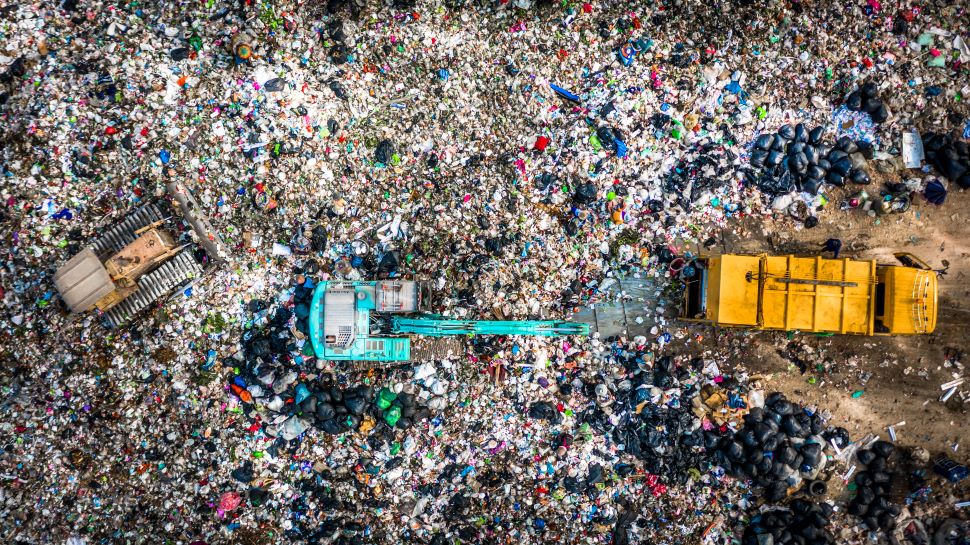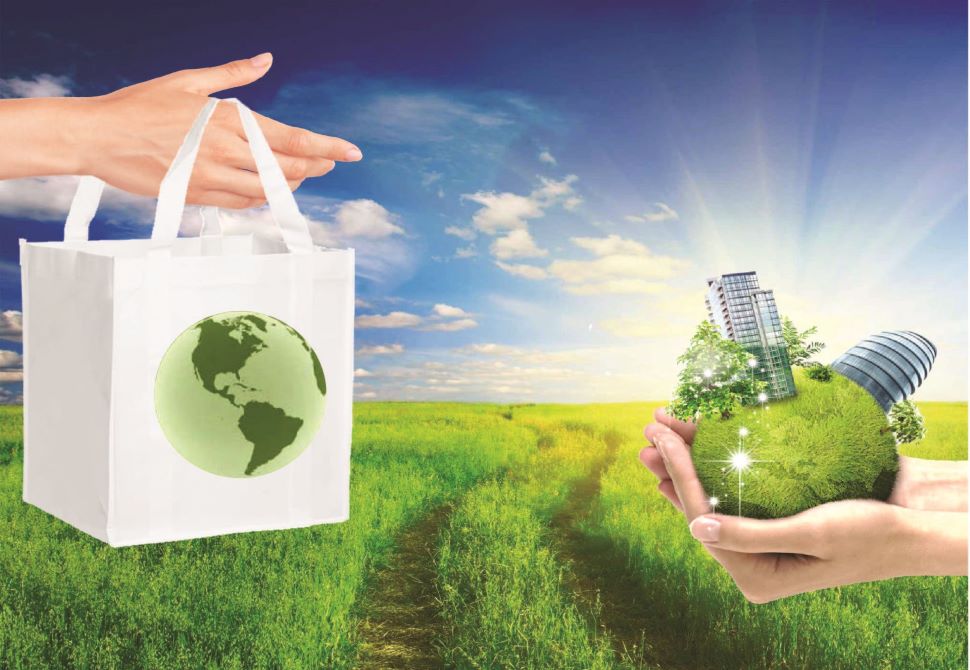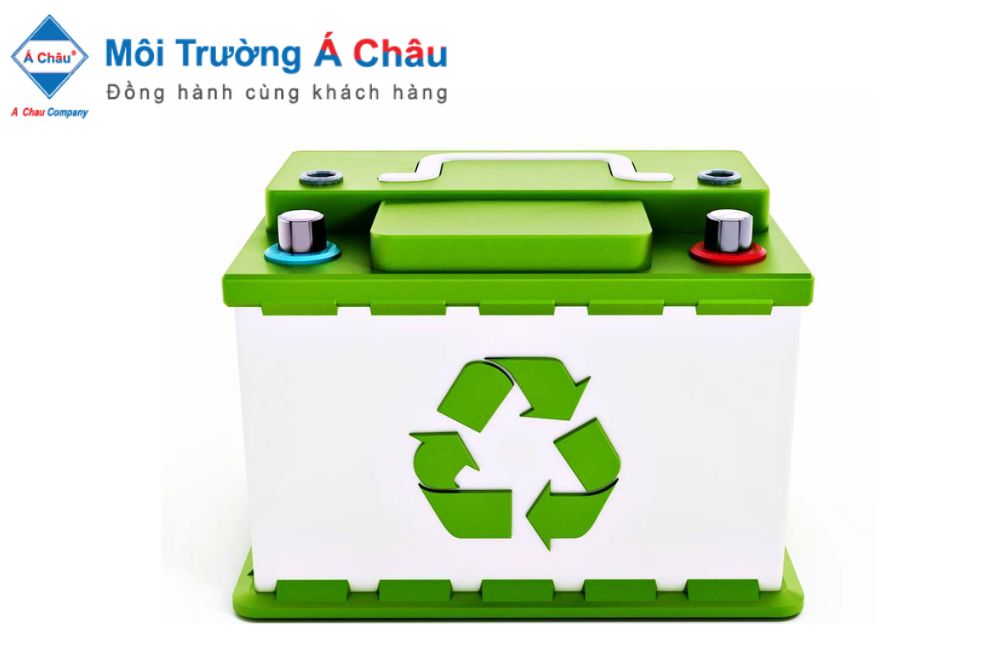LOW-VALUE PLASTIC - GREEN SOLUTION TO "WHITE POLLUTION" - LIMIT PLASTIC WASTE
Plastic and nylon waste contamination, commonly known as "White Pollution," has a devastating impact on the environment and human health. Vietnam has one of the highest levels of trash in the world. Plastic and nylon bags are becoming more prevalent and more challenging to manage. As a result, regulating plastic trash is now a mandatory environmental problem. To reduce "White Pollution," numerous concurrent solutions are required. Change community behaviors gradually and over the term.
SOME FIGURES
- On February 22, 2022, the Organization for Economic Cooperation and Development (OECD) showed that in 2021, the world used 460 million tons of plastic, nearly double the number recorded in 2000. Although plastic waste is increasing, in 2021, the world will generate 353 tons of plastic waste. The amount of plastic waste recycled only reaches 9%, 19% is destroyed, and nearly 50% is buried in enough landfills. Standard. Still, 22% of plastic waste is disposed of in illegal landfills, burned in open landfills, or leaked into the environment. Many plastics have leaked into the aquatic environment, with 1.7 million tons drifting into the ocean in 2019. An estimated 30 million tons of plastic waste are in the ocean, and another 109 million tons have accumulated in streams.
- In 2019, plastic produced 3.4% of global greenhouse gas emissions (GHG), with 90% coming from the manufacture of plastic from fossil fuels.
Source: https://moit.gov.vn/bao-ve-moi-truong/oecd-chi-9-rac-thai-nhua-duoc-tai-che-tren-toan-the-gioi-trong-2021. html
- The World Wide Fund for Nature (WWF) has also released a report on the present state of ocean plastic trash. The WWF study is based on almost 2,000 distinct research projects on the damaging effects of plastic trash on the seas, biodiversity, and marine ecology. According to WWF, plastic garbage has surfaced in the most distant and ancient places of the Earth, such as Arctic ice, and in fish living in the deepest area of the ocean, the Mariana Trench.
Each year, between 19 and 23 million tons of plastic garbage, most of which is single-use plastic goods, is dumped into the sea, according to this research. This waste is responsible for 60% of ocean contamination.
- Plastic trash contamination is at an all-time high in Vietnam. According to the United Nations Environment Program (UNEP), Vietnam's plastic consumption index per capita increased rapidly from 3.8 kg/year/person in 1990 to 54 kg/year/person in 2018, with packaging accounting for 37.43% of products and household appliances accounting for 29.26% (Vietnam Plastic Association, 2019).
- Oceans produce 50% of the oxygen humans breathe and provide protein and essential nutrients to billions of people every day. Covering more than two-thirds of the Earth's surface, the seas also soften the impact of climate change on life on land, but at the expense of extreme damage.
Source: https://nhandan.vn/moi-truong/hoi-nghi-dai-duong-lien-hop-quoc-va-thong-diep-ve-nhung-dai-duong-khoe-manh-
- From the alarming statistical reports, Vietnam has also quickly stepped in to reduce the numbers of plastic pollution. Specifically, the involvement of the state, government, and ministries
GREEN LIFE – LIMITATION PLASTIC WASTE
Photo: Closed-loop bags
- Replace single-use plastic goods like straws, plastic cups, and plastic wrap with cloth bags, glass cups, stainless steel cups, and reusable straws.
- Reuse plastic bottles for planting and other decorations.
- Dispose of trash in the right place and segregate it right at the source to increase reuse and recycling value.
- Use cloth bags when shopping.
- If not necessary, do not ask for extra plastic bags when shopping.
- Use environmentally friendly biodegradable products and eco-friendly fashion products.
- Bring a reusable water bottle.
COUNTRIES THAT RECYCLE PLASTIC BEST IN THE WORLD
1. Sweden – 99% of waste is recycled
More than 99% of all domestic garbage in this country has been recycled in various ways. In 1975, only around 38% of garbage was recycled; however, owing to the waste recycling revolution of recent decades, this number has already reached over 100%.
2. Austria – Using enzymes to recycle plastic
Austria is a small country that has done great things in waste treatment. The most prominent in Austria's waste treatment system is biotechnology to recycle PET plastic.
The current solution for recycling PET is to melt or crush it, which could be better quality after recycling. A company in Austria has developed a high-tech solution using a fungal enzyme to recycle PET plastic.
3. Norway – 97% of plastic bottles are recycled
Norway is currently the world leader in the plastic trash recycling effort. According to Infinitum, a plastic recycling firm in Norway, this country has recycled up to 97% of its plastic bottles.
4. Germany – waste is a business opportunity
The German government intends to abolish all current landfills by 2020, as well as recycle and convert all trash into electricity.
Recently, the German government published information requiring supermarkets to supply more ecologically friendly bags, such as paper bags, or when consumers want plastic bags, they must pay instead of receiving them for free as previously. This cuts down on the usage of plastic bags in stores.
5. Belgium – over 80% of waste is recycled
Belgium has one of the world's highest garbage recycling and reuse rates, routinely exceeding 80%. Every year, 09 recycling factories handle around 157,000 tons of plastic and metals and recycle approximately 132,000 tons (84%) of plastic packaging from the 183,000 tons of garbage received from homeowners.
Belgium manages garbage at the source using two waste management techniques, Ecolizer and Green Event.
Ecolizer assists producers in calculating the environmental effect of new goods straight from the design stage. A related digital technology system is Green Event. This technique enables event organizers to calculate the environmental effect of their activities, such as the quantity of garbage released into the environment.
Source: Environment and life.
Source: Compiled by MTAC















